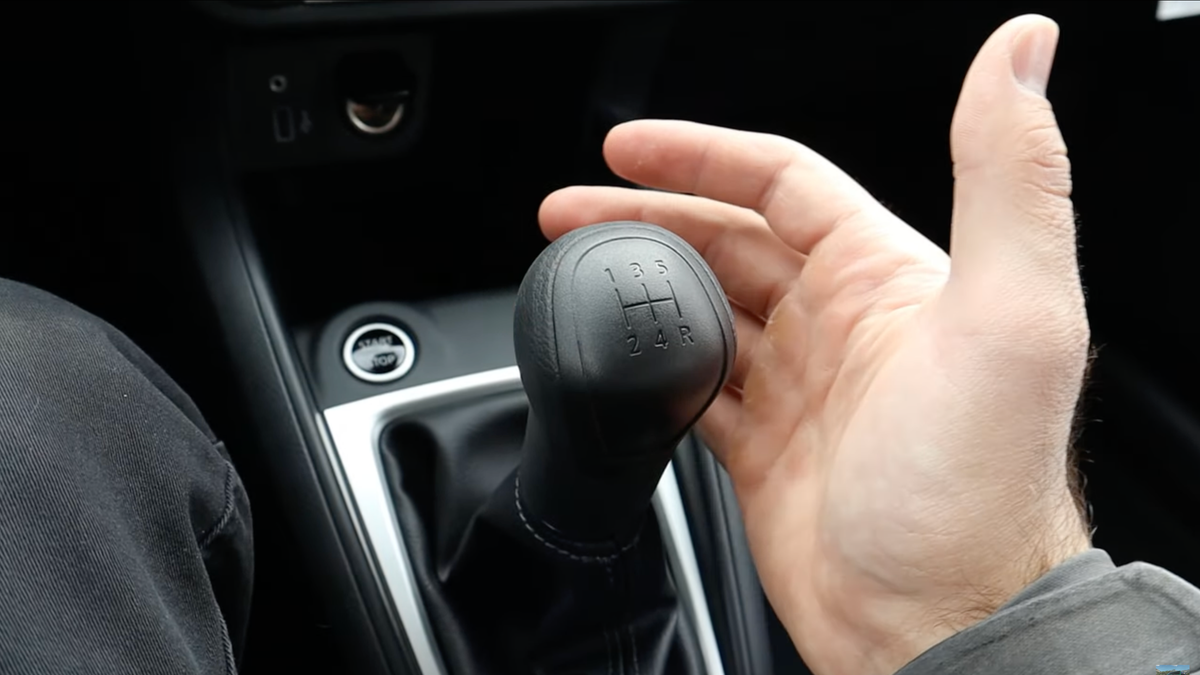The Evolution of Automotive Transmissions
Technological progress in the automotive industry is relentless, with advancements constantly reshaping the landscape. What was once considered cutting-edge innovation quickly becomes a relic of the past, a phenomenon exemplified by the five-speed transmission.
The Decline of the Five-Speed Transmission
Currently, only two cars in the United States offer a five-speed transmission, marking the near-extinction of this once-common feature. One model features an automatic configuration, while the other boasts a manual setup. However, both are facing an uncertain future, with one already slated for discontinuation.
The fifth-generation Toyota 4Runner is the last vehicle equipped with a five-speed automatic transmission, and its successor, the 2025 4Runner, unveiled recently, has transitioned to an eight-speed transmission. This shift reflects a broader industry trend towards incorporating more gears to enhance performance and efficiency.
On the manual transmission front, options are even more limited, with the base-model Nissan Versa being the sole remaining car in the U.S. offering a five-speed manual. The dwindling availability of this configuration underscores automakers’ pursuit of greater longevity and fuel efficiency through the adoption of transmissions with additional gear ratios.
The rise of continuously variable transmissions (CVTs) further contributes to the obsolescence of five-speed automatics, as CVTs provide superior fuel economy and are increasingly preferred by consumers despite their less engaging driving experience.
A Brief History of the Five-Speed Automatic Transmission
Curiosity about the origins of the five-speed automatic transmission led to a surprising discovery—the first such transmission was introduced relatively recently. ZF developed the groundbreaking transmission for the E32 1991 BMW 7-Series, a time when three- and four-speed transmissions dominated the market. The arrival of the five-speed automatic represented a significant technological leap, offering drivers enhanced performance and efficiency.
Despite its widespread adoption and ubiquity, it is remarkable to note that the five-speed automatic transmission has existed for a mere three decades. Its rapid evolution and eventual decline serve as a testament to the automotive industry’s continuous innovation and adaptation to changing consumer preferences.
The Continued Legacy of the Five-Speed Transmission
As we bid farewell to the fifth-generation 4Runner and witness the dwindling presence of the five-speed transmission, the Nissan Versa stands as a solitary reminder of an era on the brink of extinction. Its preservation serves not only as a link to the past but also as a symbol of the remarkable progress achieved in automotive technology over the years.
The gradual disappearance of the five-speed transmission highlights the industry’s ongoing pursuit of advancements that prioritize efficiency, performance, and driver satisfaction. While the past may hold nostalgia for some, the future promises exciting innovations that will shape the automotive landscape for years to come.
Image/Photo credit: source url





